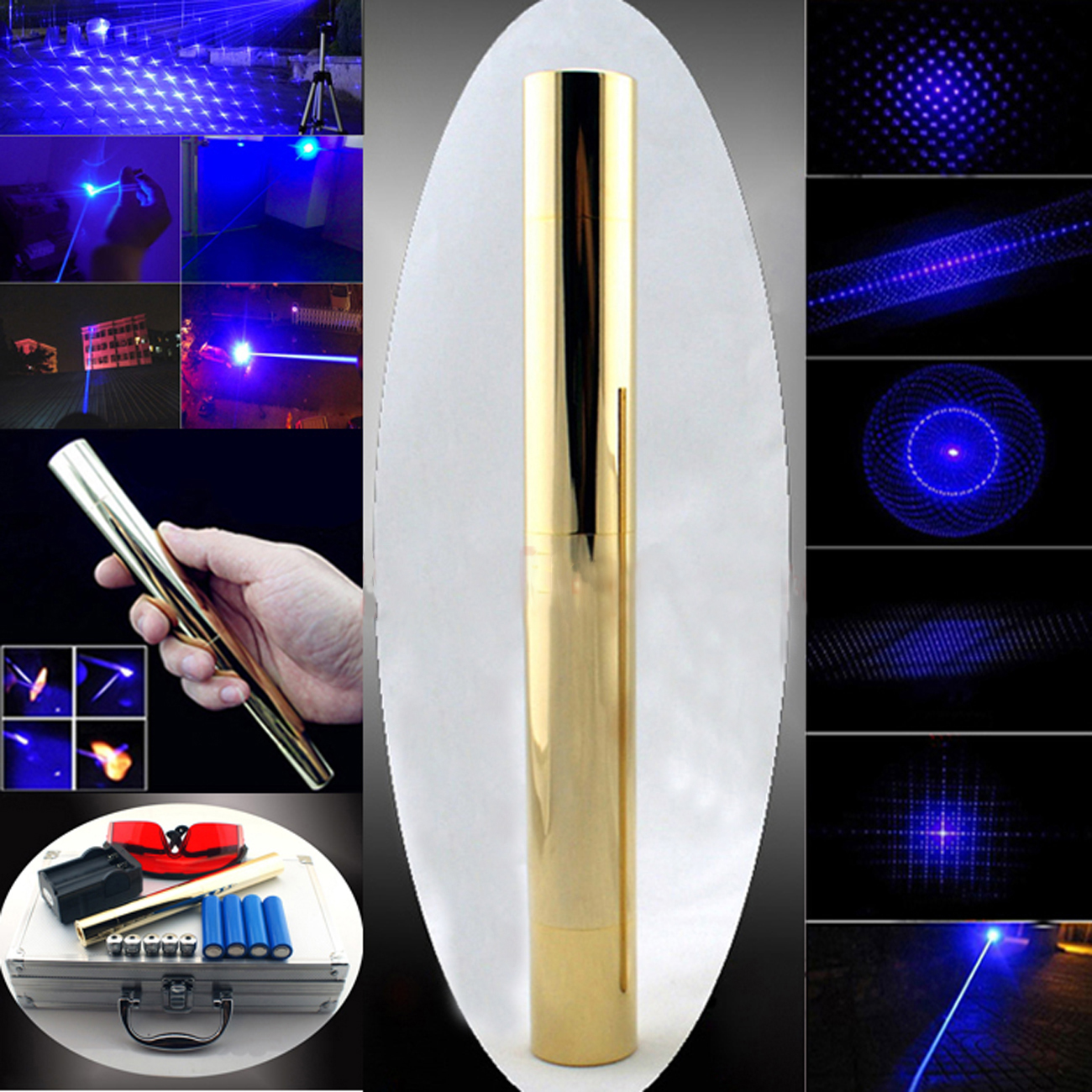National Defense News: Israeli fiber laser weapon technology attracts attention. The "National Interest" website recently published an article entitled "The "Iron Beam" System: How Israel Used laser pointer to Destroy Enemy Missiles in War." The article pointed out that the "4-layer missile shield" currently in service with missiles and anti-missiles of the Israel Defense Forces, although advanced in technology, is expensive and difficult to operate, and has shortcomings in performance, especially in combat and logistics. Therefore, the Israeli military has shown great interest in the use of laser technology, especially fiber laser beam combining technology.
In the early 1990s, Israel had co-developed the "Nautilus" deuterium fluoride chemical laser weapon test system. In 2006, the two parties also cooperated to develop the "Guardian of the Sky" oxygen-iodine chemical laser weapon test system. In 2008, Israel launched the world's first solid-state laser-the anti-artillery ammunition laser weapon system, but whether it is a chemical laser weapon or a solid laser weapon, there are problems such as large size, difficult heat dissipation, and difficult security.
Therefore, Israel has begun to develop new laser weapon technology. In 2009, Israel Rafael Advanced Defense Systems Co., Ltd. developed a new anti-artillery ammunition laser weapon system based on fiber laser technology, and launched the "Iron Beam" laser weapon prototype at the 2014 Singapore Air Show. This high-energy laser weapon system uses a 2 kilowatt-class fiber laser with a maximum effective range of 7 kilometers and is installed on two vehicles for launch.

The emergence of the "Iron Beam" laser weapon system has effectively solved the two major problems faced by the "Iron Dome" system, one is its low cost efficiency, and the other is its inability to deal with intensive attacks. The cost of the "Iron Dome" missile system for each interception is about 100,000 to 150,000 U.S. dollars; while the "Iron Beam" laser weapon system costs only 2,000 U.S. dollars for each launch, which solves the above two major problems in one fell swoop.
The two technologies achieve accumulation and enhancement of laser energy. Most traditional laser weapon test systems use a large laser to emit laser light, while the "iron beam" laser weapon system uses a three-stage stacking method of beams to achieve cumulative enhancement of laser energy. That is, a stack of multiple tiny lasers is combined first, and then multiple beams from multiple stacks are combined, and finally the laser beams are superimposed on the target aiming point. In the meantime, there are mainly two key technologies.
One of the key technologies is to combine many tiny lasers into a "stacked array." There are two types of micro green laser pointer: fiber lasers or laser cavities and single-tube semiconductor lasers. The synthesis is carried out through three steps: the first step is to integrate many small fiber lasers into a linear array to form a "bar"; the second step is to integrate many bars into a "area array" horizontally; and the third step, Integrate many area arrays vertically into a "stacked array". In this way, from point to line, from line to surface, from surface to stack, the weak lasers emitted by many small fiber lasers are integrated into a strong laser.
In addition, for single-tube semiconductor lasers, the beam is converged into the optical fiber and then output. The second key technology is to combine multiple beams. The so-called beam combining means combining multiple stronger laser beams into a laser beam with greater energy and higher power. The typical beam combining method is to control the beam to overlap and overlap at a longer distance, which is the so-called "spatial beam combining." Some laser weapon systems in the United States and Germany are constructed based on this principle. The other is spectral beam combining, which is achieved by precisely adjusting and combining multiple laser beams of different wavelengths.
